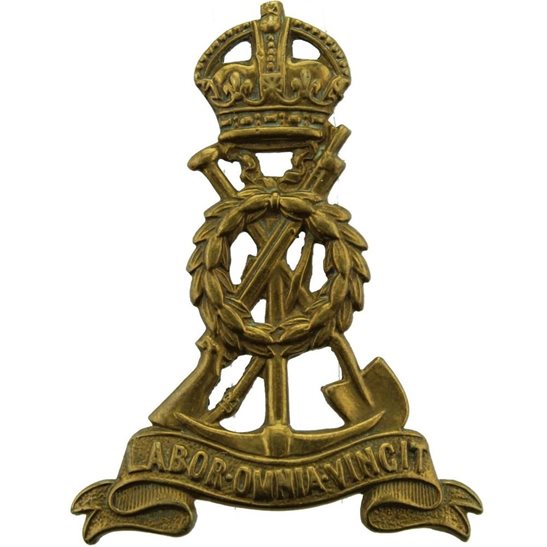Personal Details
Born: In 1882 and baptised on 22 December 1882 at St Alkmund’s Parish Church in Whitchurch, Shropshire.
Family: He was the third of seven children of William Henshall, a general labourer, and his wife Harriett. He married Harriett Davenport on 28 December 1913 at Tilstock Parish Church; Harriett sadly died in 1914. The military records indicate that Philip had a child, Henry Davenport, born 6 months before his marriage.
Residence: He lived at 42 Yardington, Whitchurch until at least 1919. The burial record indicates his address as 10 Elizabeth Street, Whitchurch in 1954
Employment: In 1911 his occupation was a carter; his enlistment papers indicated he was a labourer.
Died: In 1954 in Whitchurch aged 71 and buried 3 April 1954 in Whitchurch cemetery.
Military Details
Regiment: Labour Corps (previously Cheshire Regiment and King’s Shropshire Light Infantry)
Rank: Private
Service Number: 115635 (previously 46424 and 16446)
Date of Enlistment: 28 December 1914
Date of Discharge: Not known (see Other Information)
Reason for Discharge: Not known (see Other Information)
Other Information: It appears that Philip served in the KSLI (16446) from 21 December 1914 to 13 January 1915 and was then discharged ‘Unlikely to make an efficient soldier’. By this time his wife had died leaving him with one child, Henry Davenport, who was born 6 months before his marriage to Harriett Davenport. The medal index card shows that he must have re-enlisted serving with the Cheshire Regiment and then the Labour Corps (his Labour Corps service number is that indicated on the 1919 Absent Voters’ Register).
Four Henshall brothers served in WW1:
- Alfred survived the war
- Philip Henry survived the war
- Albert died of his wounds in France and is commemorated on the Whitchurch Town memorial
- William died of illness contracted during the war, is buried in Whitchurch cemetery and commemorated on the Whitchurch Town memorial
Philip was awarded the Campaign Medals (British War Medal and Victory Medal).

The British War Medal (also known as 'Squeak') was a silver or bronze medal awarded to officers and men of the British and Imperial Forces who either entered a theatre of war or entered service overseas between 5th August 1914 and 11th November 1918 inclusive. This was later extended to services in Russia, Siberia and some other areas in 1919 and 1920. Approximately 6.5 million British War Medals were issued. Approximately 6.4 million of these were the silver versions of this medal. Around 110,000 of a bronze version were issued mainly to Chinese, Maltese and Indian Labour Corps. The front (obv or obverse) of the medal depicts the head of George V. The recipient's service number, rank, name and unit was impressed on the rim.
The Allied Victory Medal (also known as 'Wilfred') was issued by each of the allies. It was decided that each of the allies should each issue their own bronze victory medal with a similar design, similar equivalent wording and identical ribbon. The British medal was designed by W. McMillan. The front depicts a winged classical figure representing victory. Approximately 5.7 million victory medals were issued. Interestingly, eligibility for this medal was more restrictive and not everyone who received the British War Medal ('Squeak') also received the Victory Medal ('Wilfred'). However, in general, all recipients of 'Wilfred' also received 'Squeak' and all recipients of The 1914 Star or The 1914/1915 Star (also known as 'Pip') also received both 'Squeak' and 'Wilfred'. The recipient's service number, rank, name and unit was impressed on the rim.

